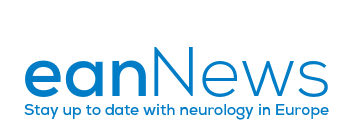Executive PageEAN NewsFeatured Slider
President’s page: Rare diseases: a rapidly progressing field of neurology
Neurological diseases have a very different frequency. Neurological practice and brain research need to have this in mind. The global burden of disease study has shown that neurologic diseases are the leading cause group of disability-adjusted life years (DALYs) of all medical disease groups in 2015 with 10.2% of global DALYs. Table 1 shows the age-standardized rates of DALYs, deaths and the prevalence of the different neurologic diseases.1 In this schematic rare neurological diseases are mostly covered within the category ‘other neurological diseases’. The prevalence cannot be estimated based on the available data. However, the number of existing rare neurological diseases is very large. The current website of the NIH lists 1244 neurologic rare diseases which is the largest number among all rare disease groups and covers approximately 60% of rare diseases.2 These more than 1200 diseases produce more than 0.9% of the neurological DALYs world-wide which seems at first glance to be relatively small.

